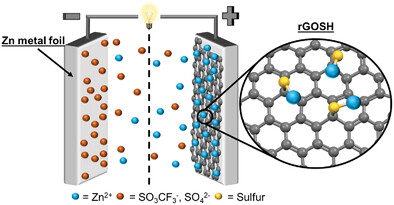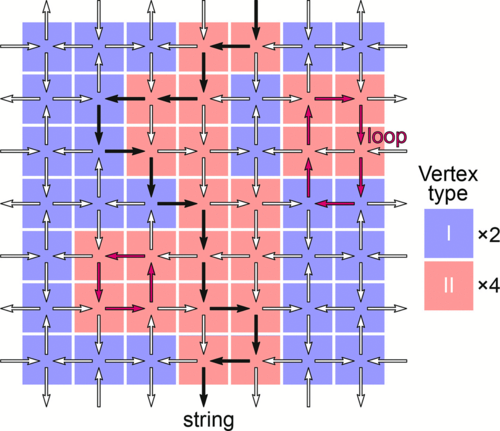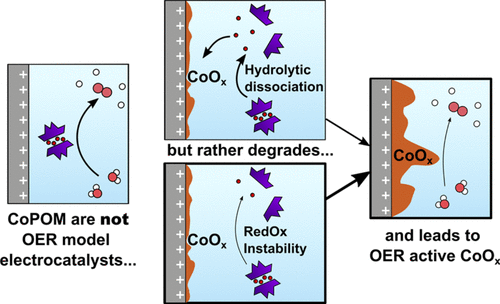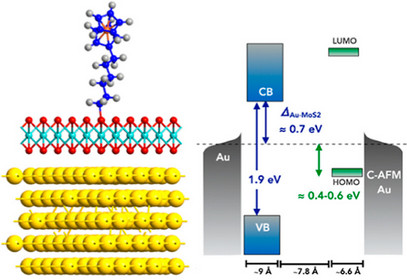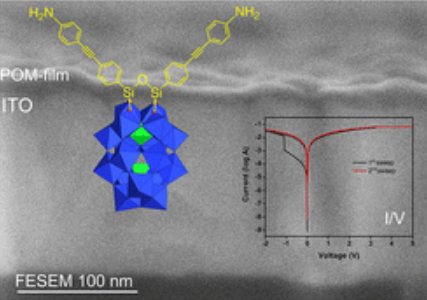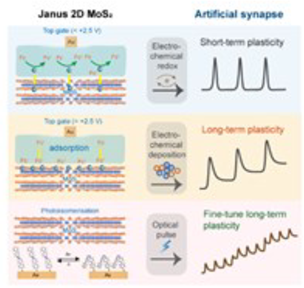publications, Réseau
Boosting Zinc Hybrid Supercapacitor Performance via Thiol Functionalization of Graphene-Based Cathodes
Zinc hybrid supercapacitors (Zn-HSCs) hold immense potential toward the next-generation energy storage systems, effectively spanning the divide between conventional lithium-ion batteries (LIBs) and supercapacitors. Unfortunately, the energy density of most of Zn-HSCs has not yet rivalled the levels observed in LIBs. The electrochemical performance of aqueous Zn-HSCs can be enhanced through the chemical functionalization of… Read More
publications, Réseau
Square ice Coulomb phase as a percolated vertex lattice
The square ice is a canonical example of a Coulomb phase in two dimensions: Its ground state is extensively degenerate and satisfies a local constraint on the spin arrangement (the so-called ice rule). In this paper, we use a loop flip algorithm to explore the properties of this ground state that we analyze not in… Read More
publications, Réseau
In Operando Study of Charge Modulation in MoS2 Transistors by Excitonic Reflection Microscopy
Monolayers of transition metal dichalcogenides (2D TMDs) experience strong modulation of their optical properties when the charge density is varied. Indeed, the transition from carriers composed mostly of excitons at low electron density to a situation in which trions dominate at high density is accompanied by a significant evolution of both the refractive index and… Read More
publications, Réseau
Instability of Cobalt-Substituted Polyoxometalates during the Oxygen Evolution Reaction: An Operando X-ray Absorption Spectroscopy Study
Complexes of cobalt(II) stabilized by lacunary polyoxometalates (CoPOMs) are highly discussed water oxidation catalysts (WOC). While their activity and stability in the oxygen evolution reaction (OER) have been widely explored, there is still no consensus between those claiming that CoPOMs are active and stable OER catalysts and those suggesting that they rather act as precatalysts,… Read More
publications, Réseau
Electronic Properties of Electroactive Ferrocenyl-Functionalized MoS2
The attachment of redox-active molecules to transition metal dichalcogenides, such as MoS2, constitutes a promising approach for designing electrochemically switchable devices through the control of the material’s charge/spin transport properties by the redox state of the grafted molecule and thus the applied electrical potential. In this work, defective plasma-treated MoS2 is functionalized by a ferrocene… Read More
publications, Réseau
Molecular Junctions for Terahertz Switches and Detectors
Molecular electronics targets tiny devices exploiting the electronic properties of the molecular orbitals, which can be tailored and controlled by the chemical structure and configuration of the molecules. Many functional devices have been experimentally demonstrated; however, these devices were operated in the low-frequency domain (mainly dc to MHz). This represents a serious limitation for electronic… Read More
publications, Réseau
Covalent shaping of polyoxometalate molecular films onto ITO electrodes for charge trapping induced resistive switching
As nano-sized molecular oxides, polyoxometalates (POMs) hold great promise in non-volatile memory materials based on redox-active molecules. Materials processed from solution, by drop-casting, by embedding POMs in polymers, or using layer-by-layer deposition techniques have thus been reported and successfully investigated. Almost all of these examples are electrostatically assembled materials. We herein propose an original route… Read More
publications, Réseau
Destructive quantum interference in meta-oligo(phenyleneethynylene) molecular wires with gold–graphene heterojunctions
Quantum interference (QI) is well recognised as a significant contributing factor to the magnitude of molecular conductance values in both single-molecule and large area junctions. Numerous structure–property relationship studies have shown that para-connected oligo(phenyleneethynylene) (OPE) based molecular wires exemplify the impact of constructive quantum interference (CQI), whilst destructive quantum interference (DQI) effects are responsible for the… Read More
publications, Réseau
Geometrical Frustration, Correlated Disorder, and Emerging Order in a Corrugated C60 Monolayer
Under certain experimental conditions, the deposition of C60 molecules onto an atomically flat copper surface gives rise to the formation of corrugated islands. This corrugation, which reflects a molecular displacement perpendicular to the surface plane, presents an astonishing pattern: It is well described by a frustrated Ising spin Hamiltonian whose thermodynamics is compatible with a… Read More
publications, Réseau
Opto-electrochemical Synaptic Memory in Supramolecularly Engineered Janus 2d MoS2
Artificial synapses combining multiple yet independent signal processing strategies in a single device are key enabler to achieve high-density of integration, energy efficiency and fast data manipulation in brain-like computing. By taming functional complexity, the use of hybrids comprising multiple materials as active components in synaptic devices represents a powerful route to encode both short-term… Read More

